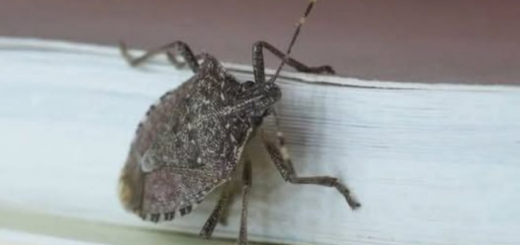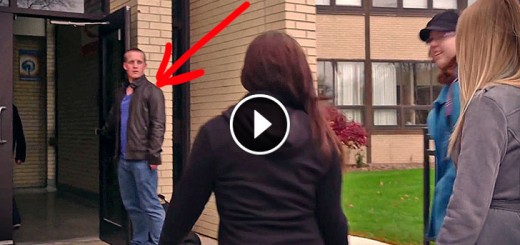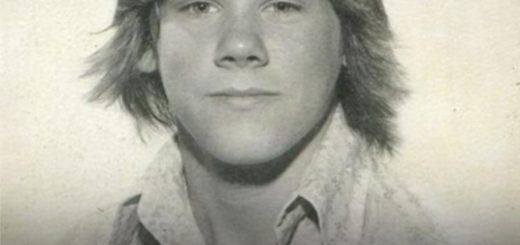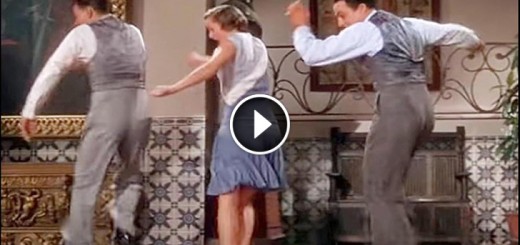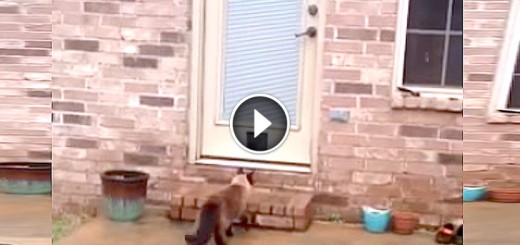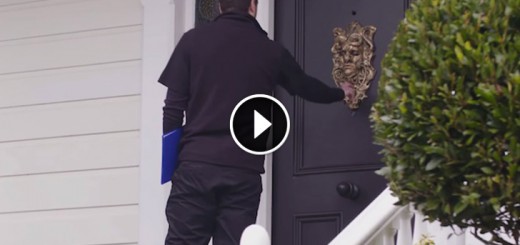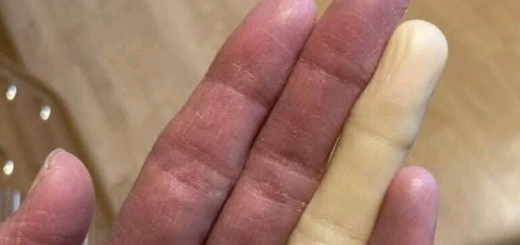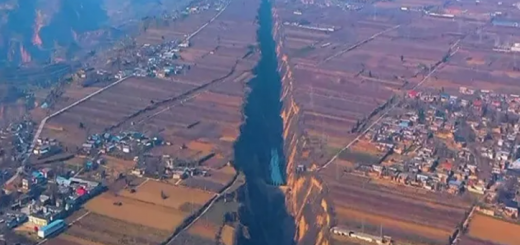The Fascinating Story of Tucson’s Hidden Bomb Shelter
Unearthing a Hidden Gem: The Incredible Discovery of Tucson’s Secret Bomb Shelter
When John Sims moved into his new home in Tucson, Arizona, he expected a quiet life in a tranquil neighborhood. Little did he know, his property concealed a chilling secret. The previous owner hinted at a buried mystery, and John’s curiosity was piqued. What he uncovered would leave him astonished and his neighbors buzzing.
The Whispered Rumors
John’s friend, the former owner, mentioned local rumors about something buried on the property. The older residents believed an inexplicable secret lay hidden beneath the land. Despite his friend’s unsuccessful attempts to solve the mystery, John was determined to get to the bottom of it.

Curiosity Takes Hold
As John settled into his new home, his curiosity grew. The thought of an undiscovered secret beneath his backyard was too tempting to ignore. He began exploring and digging, but found nothing but dirt. Whatever lay hidden was buried deeper, possibly beneath the brickwork.

Digging for Clues
John’s investigation led him to municipal records, revealing that a peculiar structure had been built by Whitaker Pools in 1961. Armed with this clue, he enlisted consultants with metal detectors. The detectors pinpointed specific spots, which John marked with X’s. Progress was finally within reach.
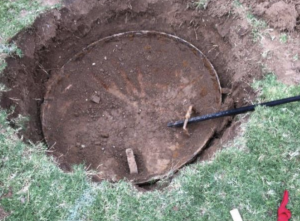
The Thrill of Discovery
Eager to uncover the truth, John began digging. Soon, he struck something metallic three feet below the grass. His excitement was tempered by caution—could it be a septic tank or a pipe? Proceeding carefully, he unearthed what appeared to be the entrance to a hatch. After ventilating the area and ensuring it was safe, John prepared for the next step.
A Team Effort
Understanding the risks of confined spaces, John, a captain with the Rural/Metro Fire Department, assembled a team. Together, they reinforced the structure, repaired the entrance, and set up lighting and ventilation to ensure a safe exploration.
A Glimpse into the Past
Descending the ladder, John discovered a well-preserved nuclear bomb shelter from the Cold War era. Built during the tense standoff between the USA and the Soviet Union, the shelter was a relic of a bygone era when the threat of nuclear war loomed large.
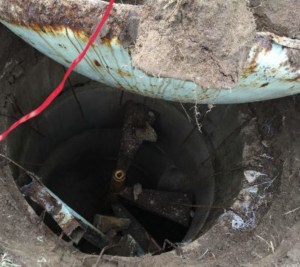
Tucson’s Nuclear Legacy
Tucson has a unique history with nuclear threats, having housed numerous missile silos during the Cold War. These silos, once top secret, were decommissioned after the era ended. Many local bomb shelters were destroyed or sealed in the early 1980s, making John’s discovery all the more remarkable.
Going Viral
John shared his incredible find on Reddit, and the story quickly went viral. Local and international media picked it up, sparking widespread curiosity. Tucson residents began wondering if similar treasures lay hidden in their own backyards.
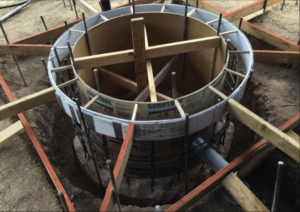
Connecting with the Community
John connected with other locals who had fallout shelters, exchanging ideas for cleaning, restoring, and repurposing these historical structures. While many envisioned wine cellars or man caves, John had a grander vision: a Cold War museum. He began collecting memorabilia to showcase the era’s history.

Looking Ahead
In interviews, John shared his hopes of finding a time capsule filled with civil defense items and furniture. Although the shelter was empty, he immersed himself in the Cold War era, gathering artifacts to bring his vision to life. He believed the Cuban Missile Crisis spurred Tucson residents to build bomb shelters in the 1960s.

Advice for Others
John advised those curious about their properties to check City of Tucson or Pima County records for bomb shelter permits. He also emphasized safety, warning that exploring unknown underground spaces could be hazardous due to toxic air or structural instability.
Restoring a Piece of History
To fund the restoration of his bomb shelter, John launched a GoFundMe campaign. The donations allowed him to repair the entryway and replace the staircase, ensuring safe access for future renovations. Now, John and his team can safely continue their work, preserving this fascinating piece of history for generations to come.


